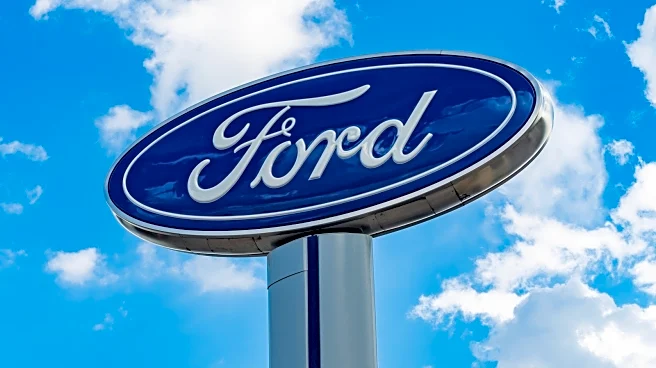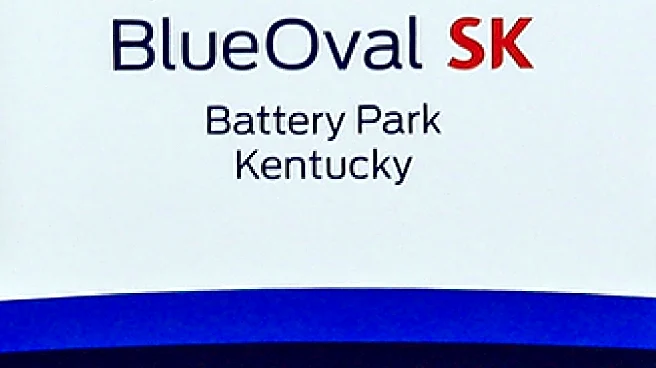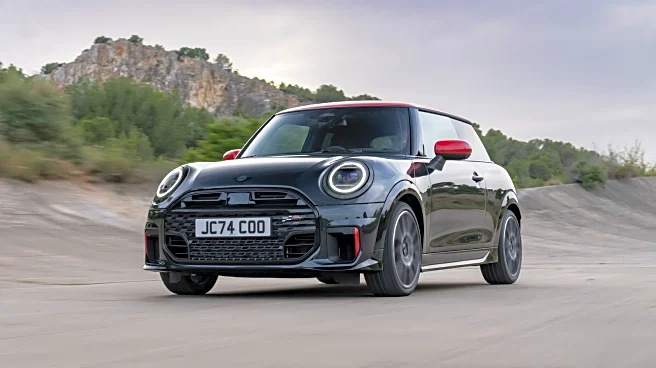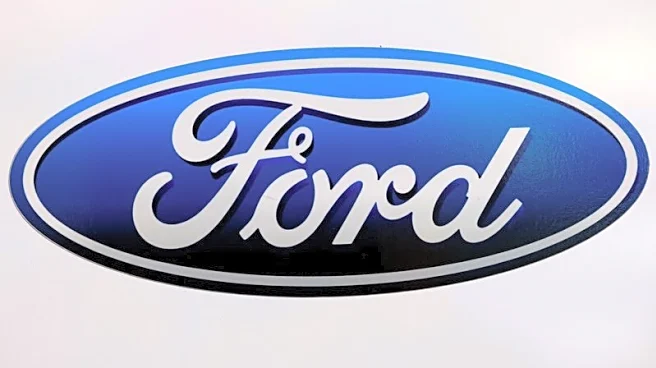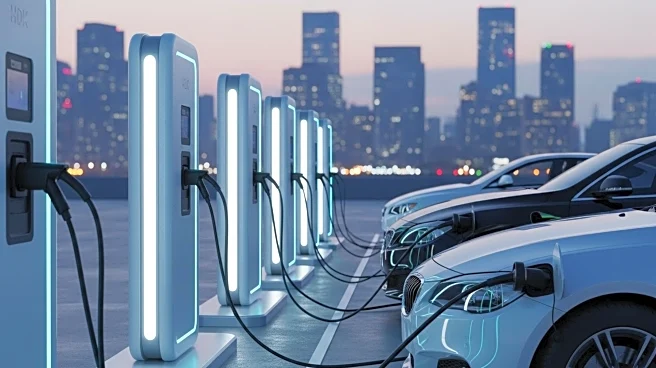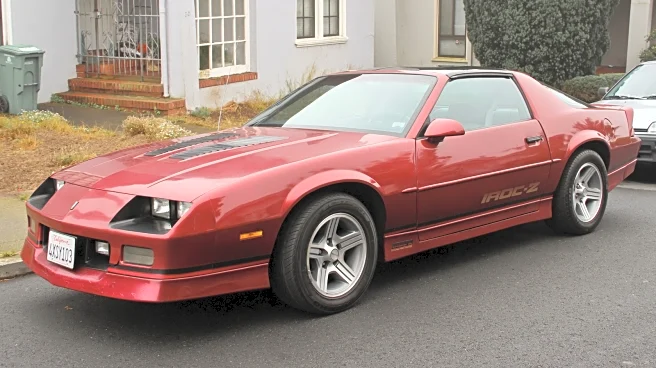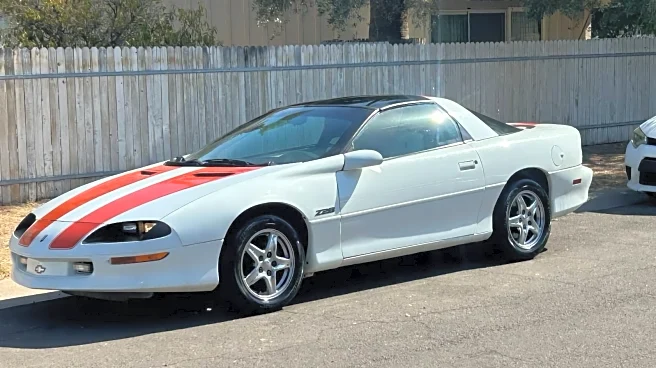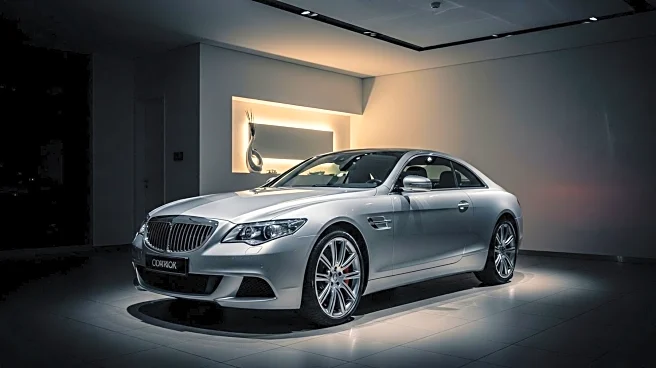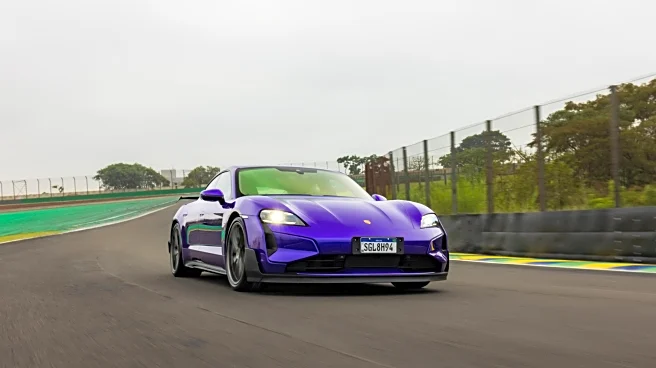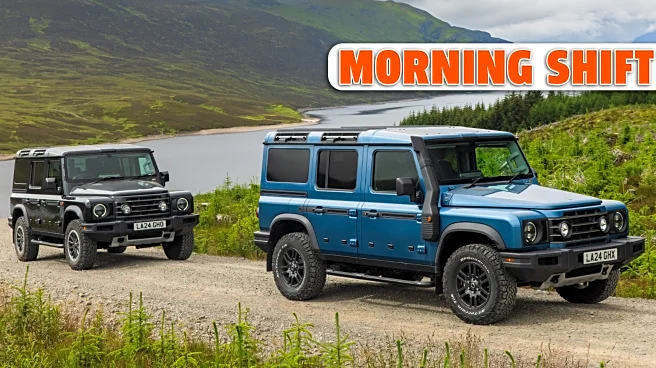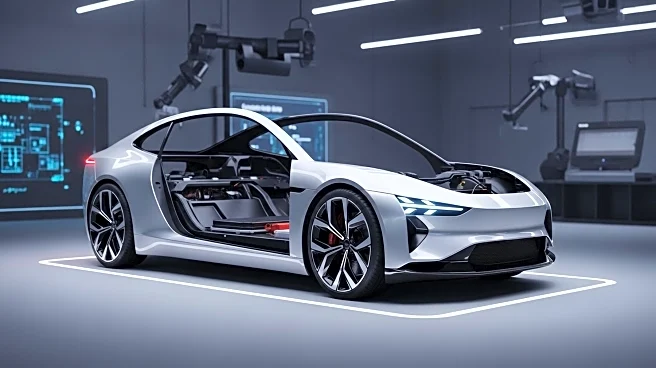
Were we to examine in detail every division or marque Ford discarded, you'd switch to the unabridged 1,432-page "Les Miserables" for a shorter read. Brands Ford owned, at least partly, and discarded include Autolite, Comet, Continental, Edsel, Fordson, Ghia, Merkur, Meteor, Monarch, Frontenac, Troller, Ford Performance Vehicles (FPV), TH!NK, Matford, De Tomaso, AC Cars (from 1986 to 1992, well past the Cobra era), and Thames. Currently, Ford is just Ford and Lincoln, plus Motorcraft auto parts. Ford did
pump $500 million into Rivian, but it's a partnership, not an ownership.
Let's begin our defunct-division dive with Mercury, which met its end in 2010. This ABC News headline is probably the most accurate summation of the mid-tier occupant of Ford's lineup: "Mercury's Demise Met With Sadness, Shrugs." Shrugs are fair; there wasn't much to mourn by 2010. It was a victim of brand murkiness and superfluity, like GM's Pontiac.
With nothing to distinguish it from the divisions above and below, what would have been the point in keeping Mercury? There were no bespoke platforms or drivetrains by the mid-2000s, as each Mercury model corresponded directly to a Ford. Mountaineers were Explorers, Mariners were Escapes (also basically Mazda Tributes), Grand Marquises were Crown Victorias, Montegos were Five Hundreds (both Volvos underneath), Montereys were Freestars, and Milans were Fusions. Mercury Cougars, beautiful though they were, still were just the next-generation Probe in all but name. With no distinct personality, buyers fled. Only 92,000 Mercurys were sold in 2009, so Ford amputated the brand to save the company.
Read more: Here's Every Car Company Volkswagen Owns Right Now
Mazda

Ford and Mazda were like Sammy Hagar-era Van Halen: A beneficial partnership in which they struggled to maintain individual identities, occasionally produced bangers, sometimes clunkers, and eventually split up to go their own ways.
In the '70s, Mazda had oil-crisis woes. Its rotary engines were novel, but they burned oil, were innefficient, and wore out apex seals like they had a vendetta against them. But Ford liked Mazda for its design and manufacturing effiencies, and Mazda liked surviving. Ford bought a life-saving 7% stake in 1974, a 25% stake in 1979, then a 33.4% stake in 1996, when Ford made Scotsman Henry Wallace Mazda's president.
For a time, things were peachy. Mazda's G platform underpinned Ford's Fusion and they collaborated on the Ford Escape/Mazda Tribute. But then came the shortsighted attempt to replace the Mustang with the Probe, which, along with its unfortunate name, was a front-wheel drive Mazda MX-6. Ford faithful couldn't stomach the American pony car morphing into a Japanese probey car, so the plan was snuffed. Perhaps they should have produced that Ford Ghia Probe?
By 2008, Ford was cash-starved, and sold its controlling stake in Mazda for $538 million. In 2015, Ford sold its remaining shares. While Ford famously eschewed Great Recession bailout money (except for that little $5.9-billion loan in 2009), Mazda needed a Japanese bank bailout during the pandemic, despite killer products featuring the gorgeous, striking Kodo design language. Don't blame me, I voted for Kodo (with my dollars — I owned a CX-5).
Aston Martin

What's the difference between Aston Martin and the kids in "Jurassic Park?" At least Aston wasn't inside Ford when it fell off a cliff. Aston Martin faced bankruptcy for much of its existence, so when Ford came knocking for 75% of Aston Martin in 1987, it was a life-saving opportunity. The New York Times quoted Ford of Europe's then-chairmain, Kenneth Whipple, as saying, "Ford involvement will allow Aston Martin to expand its production capabilities and fully pursue future product programs. ... For Ford, it is an opportunity to enter the high-image specialty market where Aston Martin has earned an outstanding reputation.'' Ford then purchased 100% of Aston in 1994.
Then-Ford CEO Jaques Nasser crammed Aston Martin into the "Premier Automotive Group" in 1999 with Jaguar, Land Rover, Volvo, and Ford's own Lincoln. The European upscale brands were supposed to increase profits, but rather than being pontoons to catch rising tides, they were millstones around Ford's neck. In Aston's case, Ford realized keeping an exotic car maker alive throughout economic fluctuations is tougher than sun-baked shoe leather. Even now, Aston relies on Mercedes-AMG V8s to stem development costs.
The problem for Ford was that Aston Martins are niche, expensive products. Just because Ford let Aston raid its parts bin to give the 1994 DB7 a set of Mazda Miata door handles doesn't mean the car would be affordable. To stay alive through the Great Recession, Ford jettisoned Aston for $925 million in March, 2007.
Land Rover

Speaking of British automakers Ford unwisely purchased, Land Rover was in dire straits under the neglectful care of BMW in the late '90s. When Ford bought the SUV marque from BMW for $2.9 billion in 2000, it should have noticed the look of relief on BMW's face.
Ford set about modernizing Land Rover's products. Defenders got new engines in 2007, but the vehicles' underlying structure was as it had been in 1990. Discovery models gained stiffer integrated body frames to drag them into the 21st century, as well as Jaguar engines, because there was no escaping parts sharing. Range Rovers kept BMW's hand-me-down powertrains until Ford Jaguared them in 2006, too.
You know how this goes. The Premier Automotive Group was like a funnel channeling Ford's money into a wood chipper. In June 2008, Ford sold Land Rover and Jaguar to India's Tata Motors for $1.7 billion. You'll notice this is less than the $2.9 billion Ford paid for Land Rover alone, and is even less than the $2.38 billion for Jaguar, meaning Tata got a two-for-one deal for the ages.
Surprisingly, when Tata Motors looked at the books for the brands it bought, it found that Land Rover was, Tata Managing Director Ravi Kant told Automotive News (per MotorAuthority): "very healthy and profitable." In Ford's defense, when your money dam bursts, you sell the slowly trickling money faucet so you can afford concrete money-hemorrhage-stopping plugs.
Jaguar

Bill Hayden, then Jaguar's chairman, told Automotive News in the '80s that Jaguar "was a terrible organization making terrible cars." Wow, harsh, and he ran the company. Jaguar only sold 51,939 cars in 1988, so when Ford arrived in 1989 with a $2.38 billion check, it was a defribrillator to Jag's ailing heart.
Righting the company went slowly, and sales dropped to only 22,478 cars in 1992. But Ford was determined. The V12s and inline-6s had a final hurrah in 1997, then made way for modern V8s to power the new XJ8/XJR and XK8/XKR. The new XJs and XKs were sales successes, and the naturally aspirated (N/A) and supercharged V8s were well-received.
Then came platform sharing. Ford wanted a rival for the BMW 5 Series that could sell 200,000 cars, so it took the Lincoln LS/Ford Thunderbird platorm, the Duratec V6 with a new head, and optional N/A and supercharged V8s to create the Jaguar S-Type. It sold just 120,000. Then there was the entry-level X-Type, based on Ford's Mondeo platform. Aside from the stigma of its plebeian heritage, early versions had terrible build quality.
Did Jaguar make money for Ford? It lost $715 million in 2006 and Ford hurled it at Tata Motors in 2008, so let's say, "No." As for Jaguar's health these days, it's complicated. Jag took a year off from building cars and to say their rebrand has been controversial is like saying Mount Everest is "kinda tall."
Volvo

Arguably the best Ford/Volvo cross-pollination was when Paul Newman had a supercharged Mustang V8 crammed into his Volvo 960 wagon sometime in the '90s (he also had a Volvo V90 wagon with a Corvette LS2, because Paul Newman was awesome). That was before Ford owned Volvo Cars, as FoMoCo didn't spend $6.45 billion for the company until 1999, so there were no official Volvo Boss 302s or anything. Volvo was part of Ford's plan to grip Europe's luxury car market, gaining access to the safety tech and engineering prowess of Sweden's maker of refrigerator box-shaped cars.
The purchase wasn't one-sided, though. The seller, Volvo Group, benefited by getting the cash to purchase some of its competitors, including Renault Trucks and Mack Trucks. Also, the deal helped Volvo Cars go head-to-head with premium brands such as Mercedes and BMW.
Under Ford's ownership, a bevy of new Volvo cars hit the market, including the C30 hatchback, the S60 sedan, and the "Twilight"-featured XC60 compact SUV, among others. In a rare departure from most of the brands discussed so far, it seemed as if Volvo was doing well for Ford and was profitable.
However, Ford's then-CEO Alan Mulally had a "One Ford" vision set on streamlining the company's offerings, which caused Ford to go from 97 automotive products to 20, and Volvo was in the other 77. There's little doubt Mulally saved Ford, but it had to hurt to sell Volvo for just $1.8 billion to China's Geely Automobile.
Want more like this? Join the Jalopnik newsletter to get the latest auto news sent straight to your inbox...
Read the original article on Jalopnik.
